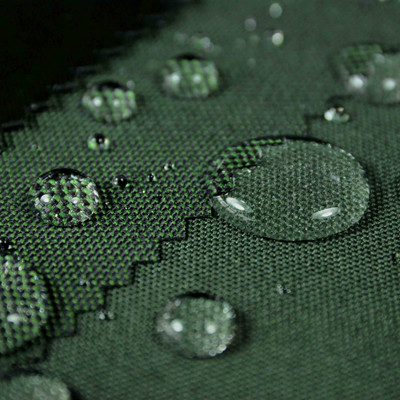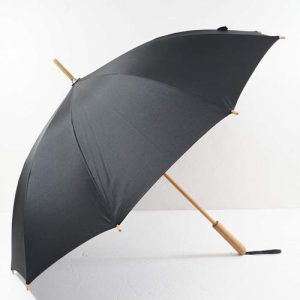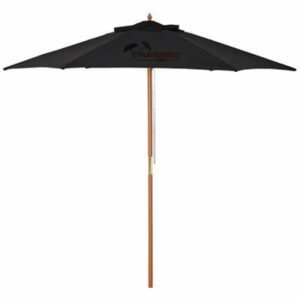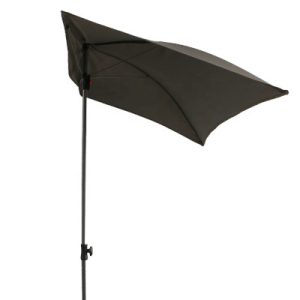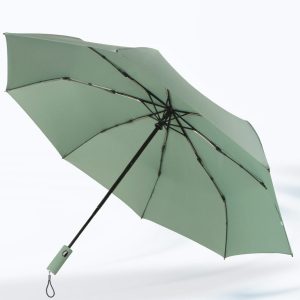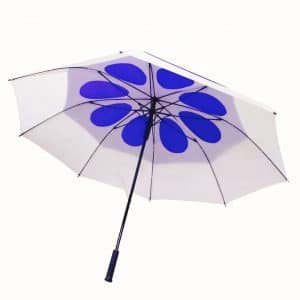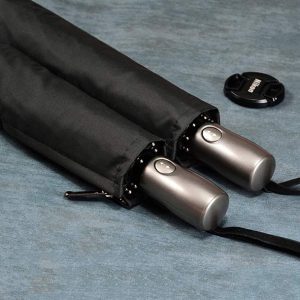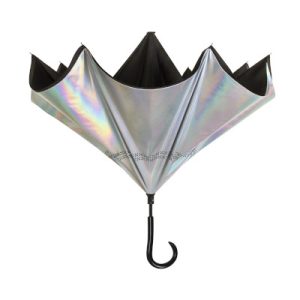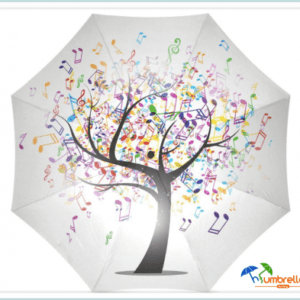Do you need a waterproof fabric for your next project? Whether you’re making an outdoor cushion or a raincoat, this article has everything you need to know about choosing the right water repellent material. We’ll go over the different types of waterproof fabrics available, and explain how each one works. So whether you’re just getting started in sewing or you’re a seasoned pro, read on to learn more!
Table of Contents
1. Waterproof Fabric: What Is It and What Are Its Uses?
When most people think of waterproof fabric, they think of raincoats and umbrellas. But did you know that there are many different types of waterproof fabric, and each has its own set of uses? In this blog post, we’ll explore the different types of waterproof fabric and what they’re commonly used for. By the end, you’ll have a better understanding of which type of waterproof fabric is right for your needs.
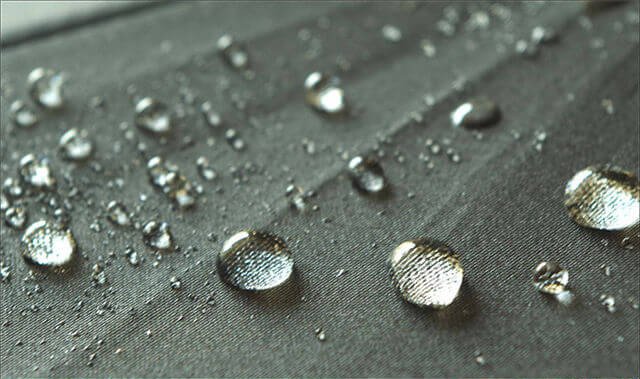
What Is Waterproof Fabric?
Waterproof fabric is a type of material that has been treated to repel water. This treatment can be either a coating or a laminate that is applied to the surface of the fabric. Waterproof fabric is often used in outdoor gear like tents, raincoats, and umbrellas.
Benefits of Waterproof Fabric
There are several advantages to using waterproof fabric. First, it can help you stay dry in wet weather. If you’re caught in a rainstorm, your umbrella will keep the rain off of you thanks to its waterproof fabric canopy. Waterproof fabric is also great for camping and hiking. If you have a waterproof tent, you won’t have to worry about waking up in a puddle if it rains during the night. And if you’re caught in a downpour while hiking, your waterproof jacket will keep you from getting soaked to the bone.
Another benefit of waterproof fabric is that it’s quick-drying. Even if your umbrella or jacket does get wet, the water will bead up and roll right off. This means that your gear will dry much faster than if it were made from non-waterproof fabric.
Waterproof fabric is made from a variety of synthetic materials, including polyurethane, polyester, nylon, and vinyl. These materials are combined to create a fabric that is impermeable to water. Waterproof fabric can be used in a variety of settings, both indoor and outdoor.
Outdoor Uses for Waterproof Fabric
One of the most common uses for waterproof fabric is umbrellas. When it’s raining or snowing outside, an umbrella made from waterproof fabric is your best friend. Waterproof fabric is also often used to make tents, tarps, and raincoats. If you enjoy camping, hiking, or spending time outdoors in general, chances are you’ve come into contact with waterproof fabric at some point.
Indoor Uses for Waterproof Fabric
Waterproof fabric isn’t just for the great outdoors—it has plenty of indoor uses as well! For example, many shower curtains are made from waterproof fabric in order to keep water from spilling out onto the floor. Waterproof tablecloths are another popular option for indoor use; they protect your table from spills and stains and can be easily wiped clean if necessary. You’ve probably also seen waterproof fabrics being used to make diaper changing pads—a must-have for any parent or caregiver!
There are three main types of waterproof fabric: laminated fabrics, coated fabrics, and laminates with a coating. Let’s take a closer look at each one.
Laminated Fabrics
Laminated fabrics are made by bonding two or more layers of material together with an adhesive. The adhesive creates a barrier that prevents water from seeping through the fabric. Laminated fabrics are often used in high-performance apparel, such as ski jackets and raincoats.
Coated Fabrics
Coated fabrics are similar to laminated fabrics, but instead of using an adhesive, the fabric is coated with a polymer film. This film creates a barrier that prevents water from seeping through the fabric. Coated fabrics are often used in consumer products such as tents and tarps.
Laminates With a Coating
Laminates with a coating are made by bonding two or more layers of material together with an adhesive, then coating the surface with a polymer film. This combination creates a fabric that is both water resistant and breathable. Laminates with a coating are often used in high-performance apparel such as Gore-Tex jackets.
Conclusion:
Waterproof fabrics come in many different forms, each with its own set of uses. Laminated fabrics are often used in high-performance apparel, while coated fabrics are more commonly found in consumer products such as tents and tarps. Laminates with a coating offer both water resistance and breathability, making them ideal for high-performance apparel such as Gore-Tex jackets. Now that you know more about waterproof fabric, you can make an informed decision about which type is right for your needs.
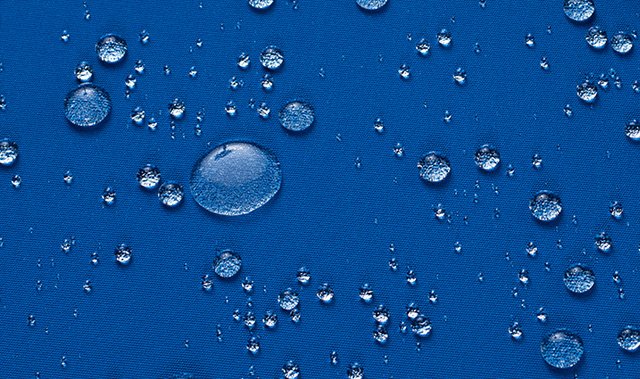
2. How Waterproof Fabric is Made
Ever wonder how those raincoats and umbrellas keep you so dry? The key is in the fabric, which is specially treated to repel water. In this article, we’ll take a look at how waterproof fabric is made and what goes into making it.
The first step in making waterproof fabric is to choose the right material. Materials like nylon and polyester are commonly used because they’re lightweight and durable. Once the material is chosen, it’s time to add the waterproof coating.
There are several different ways to do this, but the most common method is to coat the fabric with a polymer substance. This substance forms a barrier that water can’t penetrate. Other methods include adding a waterproof laminate or coating the fabric with wax or oils.
The first step in manufacturing waterproof fabric is to treat the fabric with a waterproofing agent. This agent can be either a chemical or a polymer. Next, the fabric is placed on a rollers and passed through a heated chamber. The heat activates the waterproofing agent and bonds it to the fabric. Finally, the fabric is cooled and then treated with a water repellent. The water repellent helps keep the fabric from becoming saturated with water.
Once the fabric has been treated, it’s time to test it to make sure it’s truly waterproof. The most common way to do this is by placing a sample of the fabric in a container of water and seeing if any water seeps through. If it does, the treatment process will have to be repeated until the fabric is completely waterproof.
Conclusion:
Waterproof fabrics are an essential component of many different types of clothing, from raincoats to umbrellas. The key to their effectiveness is in the manufacturing process, which involves treating the fabric with a special coating that repels water. With proper care, your waterproof garments should keep you dry for many years to come.
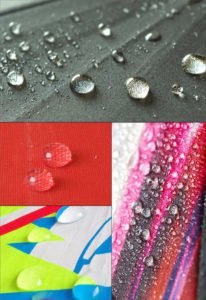
3. The different types of waterproof fabrics available on the market
Understanding the different types of waterproof fabrics available on the market is essential for choosing the right fabric for your needs. In this blog post, we will review the most common types of waterproof fabrics, their benefits, and their applications. By the end of this post, you will have a better understanding of which waterproof fabric is right for you.
Waterproof fabrics are fabrics that are impervious to water. This means that they will not allow water to pass through them, making them an ideal choice for a variety of applications. Waterproof fabrics are made from a variety of materials, including synthetic fibers like polyester and nylon, as well as natural fibers like cotton and wool. Each type of fabric has its own unique properties and benefits. Let’s take a closer look at some of the most common types of waterproof fabrics:
Polyester: Polyester is a synthetic fabric that is made from petroleum-based products. Polyester is strong and durable, making it an ideal choice for outdoor applications. Polyester is also wrinkle-resistant and easy to care for. However, polyester can be slippery and does not breathe well, making it less than ideal for some applications.
Nylon: Nylon is another synthetic fabric that is made from petroleum-based products. Nylon is strong and durable like polyester, but it is also more breathable. Nylon can be slippery and does not absorb moisture well, making it less than ideal for some applications. However, nylon dries quickly and resists wrinkles, making it a good choice for travel or activewear.
Cotton: Cotton is a natural fiber that is soft and absorbent. Cotton breathes well and is comfortable to wear, making it a good choice for everyday clothing. However, cotton does not resist moisture well and can take a long time to dry, making it less than ideal for some applications.
Wool: Wool is a natural fiber that is warm and insulating. Wool breathes well and resists moisture, making it an ideal choice for outdoor clothing or cold weather gear. However, wool can be expensive and difficult to care for, making it less than ideal for some applications.
Conclusion:
There are many different types of waterproof fabrics available on the market, each with its own unique properties and benefits. When choosing a waterproof fabric for your needs, consider the application in which you will be using the fabric as well as your budget. This guide should help you narrow down your choices so that you can choose the best waterproof fabric for your needs.
4. The benefits of using waterproof fabric in your home or business
Waterproof fabric is a specialized type of fabric that is used in a variety of applications where water resistance is important. This can include everything from boat covers and awnings to patio furniture and shower curtains. Waterproof fabric is made from synthetic materials such as polyester or PVC that have been treated with a water-repellent coating.
There are many benefits to using waterproof fabric in your home or business. Waterproof fabrics are durable and long-lasting, easy to clean, and can add an extra level of protection to your property. In this blog post, we’ll explore some of the top reasons to use waterproof fabric in your next project.
Durable and long-lasting: Waterproof fabrics are designed to withstand years of exposure to the elements. The synthetic fibers used in waterproof fabrics are much more resistant to fading, tearing, and other types of damage than natural fibers like cotton or wool.
Easy to clean: Waterproof fabrics repel water, which means they’re also resistant to dirt and stains. This makes them much easier to keep clean than other types of fabrics.
Adds an extra layer of protection: Waterproof fabric can protect your property from water damage in the event of a leak or flood. It can also help prevent mold and mildew growth by creating a barrier between damp surfaces and the air.
Accidents Happen: No matter how careful you are, accidents happen. Spills are inevitable, especially if you have children or pets. Waterproof fabric can protect your furniture from expensive stains. And if you do get a spills, they’ll be much easier to clean off since the liquid won’t be able to penetrate the fabric.
Pet-Friendly Households: Pets are part of the family, but they can wreak havoc on your furniture. Scratches, shedding, and accidents are all common problems for pet owners. Waterproof fabric can stand up to all of these challenges and more. And since it’s easier to clean, you won’t have to worry about pet hair or dander building up over time.
Heavy Traffic Areas: Do you have a room in your home that gets a lot of foot traffic? Whether it’s the family room or the kitchen, these areas can be hard on your furniture. Waterproof fabric is tough enough to withstand heavy use without showing wear and tear. So if you have a high-traffic area in your home, consider using waterproof fabric to protect your investment.
Conclusion:
Whether you’re looking for a durable outdoor fabric for your next DIY project or you need an extra layer of protection for your home or business, waterproof fabric is a great option. Waterproof fabrics are durable, easy to clean, and can add an extra level of protection against water damage. With so many benefits, it’s no wonder that waterproof fabric is such a popular choice for a variety of applications.
5. How to Take Care of Your Waterproof Fabric
Outdoor fabrics are made to withstand tough weather conditions, but even the strongest materials need a little TLC from time to time. With proper care, your outdoor furniture and gear will stay in good condition for years to come. Here are a few tips on how to take care of your waterproof outdoor fabric.
1. Clean it regularly. Just like any other type of fabric, outdoor fabric can accumulate dirt and grime over time. To keep it looking its best, clean it on a regular basis using a mild soap and water solution. For tougher stains, you may need to use a pressure washer or power washer.
2. Protect it from the sun. Prolonged exposure to sunlight can cause outdoor fabric to fade and deteriorate over time. To protect your fabric from the sun’s harmful rays, store it in a cool, dry place when not in use or cover it with a tarp or sunbrella when outdoors.
3. Keep it dry. Waterproof fabrics are designed to repel water, but that doesn’t mean they’re impervious to moisture. If your fabric gets wet, be sure to dry it off as soon as possible to prevent mold and mildew from setting in. Drying wet fabric is best done in a sunny spot or by hanging it up to air dry.
4. Store it properly. When storing outdoor fabric for long periods of time, be sure to fold or roll it rather than bunching it up into a ball. This will prevent creases and wrinkles from forming in the material. Additionally, make sure your storage area is clean and free of dust and debris that could damage the fabric while it’s not being used.
Conclusion:
Outdoor fabrics are built to last, but they still require some basic care and maintenance to stay looking their best season after season. By following these simple tips, you can keep your waterproof outdoor fabric in top condition for years to come!
-

10ft Polyester Parasol Poolside Umbrella Garden Patio
$4.00 Details / Buy -

Bulk Umbrellas, Automatic Business Customized Folding Umbrella
$4.00 Details / Buy -

Double Layer Vented Golf Umbrella With 8 Holes – Windproof
$4.00 Details / Buy -

Travel Umbrella Compact And Windproof Folding Umbrella With Teflon Coating
$4.00 Details / Buy -

Unbelievabrella Reverse Umbrella
$4.00 Details / Buy -

Custom Music Tree Foldable Umbrella 100% Polyester Pongee Waterproof Fabric
$4.00 Details / Buy

